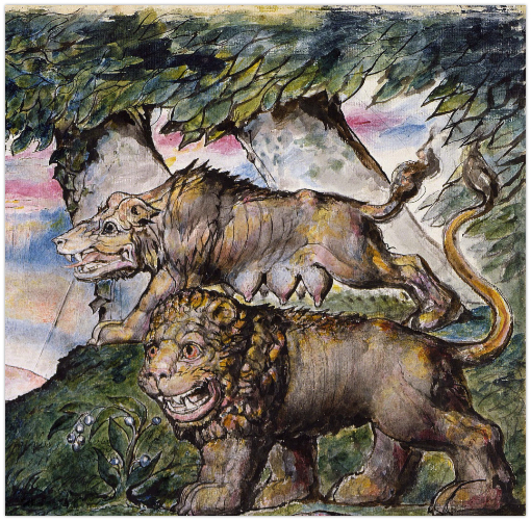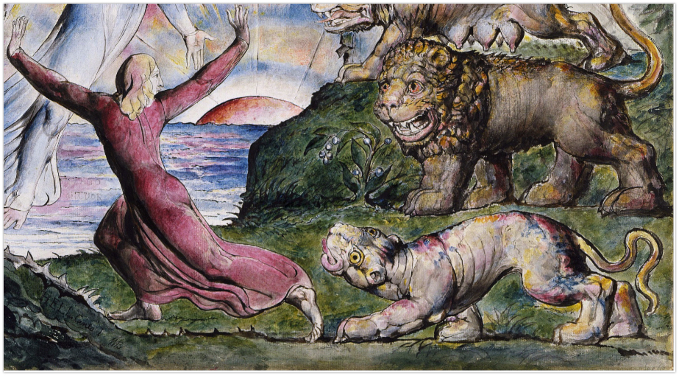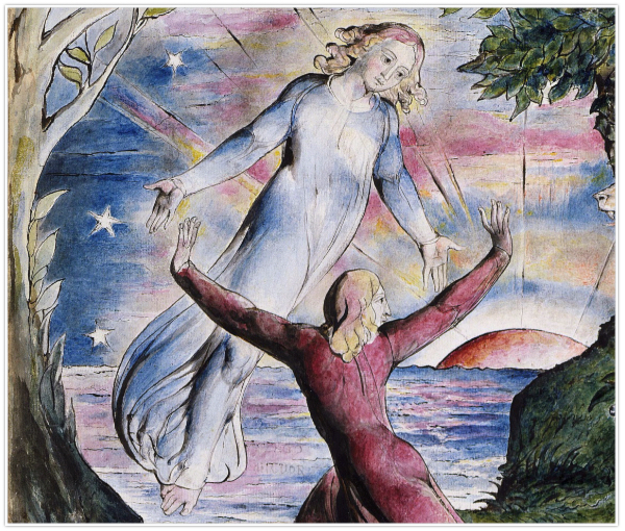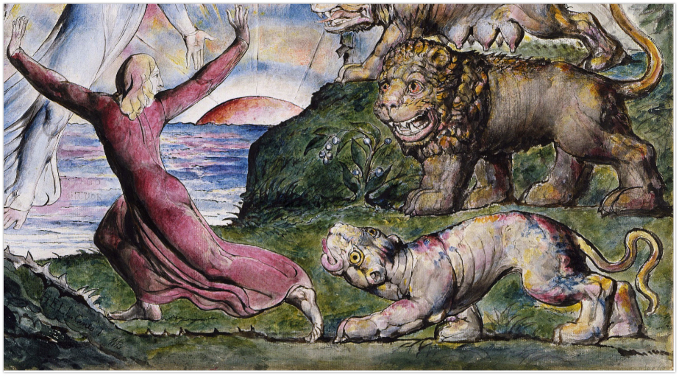The machine
This article offers perspectives on awakening and an exploration of the triad of the machine, or lower self, the steward, and higher states.
To a sleeping machine, awakening is an unknown. It is an unwelcomed interruption to its familiar habits. Another name for the sleeping part in us is the lower self. This part of us can only understand its own needs. It cannot see anything higher than itself or any effort to obtain anything higher than itself. It simply does not understand what is awakening good for. A biological existence, mainly food and procreation, is sufficient, if it was up to it. For example, it would hate slowing down when in a hurry to achieve its goal. It does not like eating more intentionally, putting down the knife and fork after each bite. From one angle, awakening is anything that breaks the momentum of the machine, intentionally or through external influences. Similarly to awakening from a dream, the machine experiences this as friction. Therefore, the lower self will try to avoid awakening as much as possible. It will even work actively to destroy any attempt to achieve awakening.
The first image is a detail from William Blake’s painting, Dante Running from the Three Beasts. The two beasts shown represent the different parts within our lower self’s psychology, such as our emotions and instincts. The painting clearly conveys the vigorous and negatively charged energy of the lower self. It is determined to destroy anything in its way.

The steward
The steward is still a part of the machine, but it is the part that observes sleep. It is repelled by sleep and values the state of presence, also called awakening. The term steward is part of the analogy of the human machine to managing a large household. Its job is to ensure everything is working properly and that nobody in the household is deprived of their needs. The steward is in charge of the house while the master is gone. Once the master appears, the steward submits itself to the will of the master. The master represents the state of awakening: higher centers or presence. The second image is another detail from the same painting by William Blake. It reflects the relationship between the lower self or the beasts and the steward Dante. Behind Dante we see an ethereal figure, representing a higher state of awakening, which Dante tries to protect. In his role as the steward, Dante is daunted by the beasts. He is concerned of their intention to destroy the higher state. But in having these negative emotions, the steward actually shows it is part of the machine. While it is doing what it can on its level, it is never going to be the state of awakening itself.

The higher self
The third image is a detail focusing on Dante’s beloved, Beatrice. The full drawing above shows an even greater contrast between her and the lower worlds. She is an altogether different level of existence. The scale of this state is much vaster than any attempt to penetrate it through effort by the steward. We may experience that state through the laborious efforts of the steward, but more frequently by grace. When a higher state awakens, it is the steward’s job to recede and give it space. As the painting illustrates so beautifully, awakening from the perspective of the higher state completely changes the scale of experience in multiple dimensions. In contrast to Dante’s fear of the beasts, Beatrice faces them and humbly accepts them as part of the moment. With her rising, imagination vanishes as the focus on the momentary sharpens. Identification with our thoughts, emotions, pains and sufferings diminishes as the scope broadens. Acceptance and humility overtake any resentment and self-absorption. The manifestations of the lower self can actually serve as fuel to this state. Transforming these into presence can propel a higher state into even greater heights.

Ernst Newman has written several articles for FourthWayToday.org, including: https://fourthwaytoday.org/right-location/ and https://fourthwaytoday.org/forging-ones-being, and most recently, https://fourthwaytoday.org/a-journey-of-balance-and-regeneration/.
